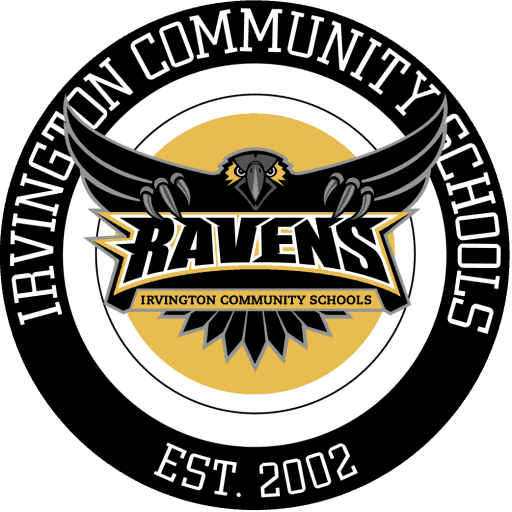Dyslexia Information, Screening Procedure, and 2019-2020 Data:
The Indiana Department of Education defines dyslexia as: A specific learning disability that:
- is neurological in origin and characterized by: difficulties with accurate or fluent word recognition and poor spelling and decoding abilities;
- typically results from a deficit in the phonological component of language that is often unexpected in relation to other cognitive abilities and the provision of effective classroom instruction;
- may include problems in reading comprehension and reduced reading experience that can impede the growth of vocabulary and background knowledge; and
- may require the provision of special education services after an eligibility determination is made in accordance with Article 7.
Universal Screening Procedures (K-2):
All students in Kindergarten through Grade 2 will participate in the Universal Screening Process. Trained professionals will screen and assess Kindergarten through 2nd Grade students’ phonological and phonemic awareness skills, sound to symbol recognition, alphabet knowledge, decoding skills, rapid naming skills, and encoding skills.
Grade 2 students will be screened in August-September
Grade 1 students will be screened in November-December
Kindergarten students will be screened in April-May
2019-2020 School Year Universal Dyslexia Screener Results:
Number of Students at Risk for Dyslexia : 3
Number of Students at Some Risk for Dyslexia : 9
Cut Scores:
Students are deemed at risk for dyslexia if 4/6 content areas fall in the lowest 7%.
Students are deemed at some risk for dyslexia if 4/6 content areas fall in the lowest 10%
Dyslexia Concerns for Students Grade 3+:
Students in Grade 3 or higher may be referred by the classroom teacher, or parent, if difficulty is observed in the following areas: phonological/phonemic awareness, sound symbol recognition, alphabet knowledge, decoding, rapid naming, and encoding. Written consent is required by the parent in order for additional screeners to be administered, as the universal screener is not normed for students beyond Grade 2.
Response to Intervention
If a universal screener, Level I or Level II screener indicates a need for intervention, the student will be placed into the school’s MTSS, orRTI, program. The student will receive Tier 2 or Tier 3 intervention based on the results of the screener, and additional academic performance. Intervention will be explicit, direct, systematic, sequential and cumulative. Instruction will be individualized to meet the needs of the specific student. Meaning based instruction with a focus on reading, writing, comprehension and composition will be administered. All instruction will be multisensory in nature.
Parents with questions about their child’s reading skills are strongly encouraged to discuss these concerns with the classroom teachers
